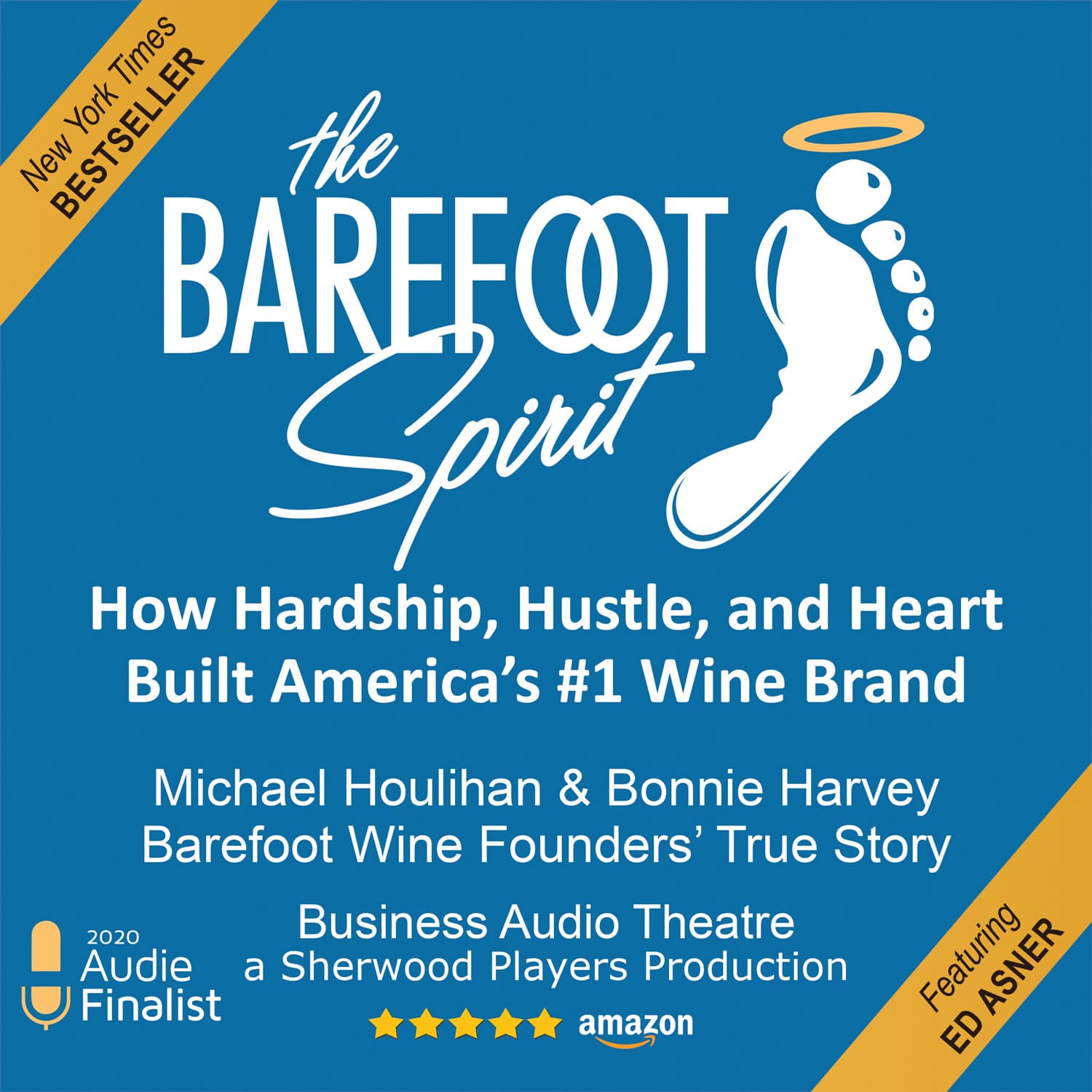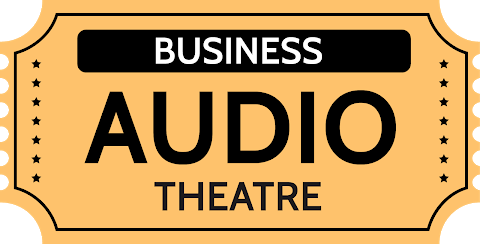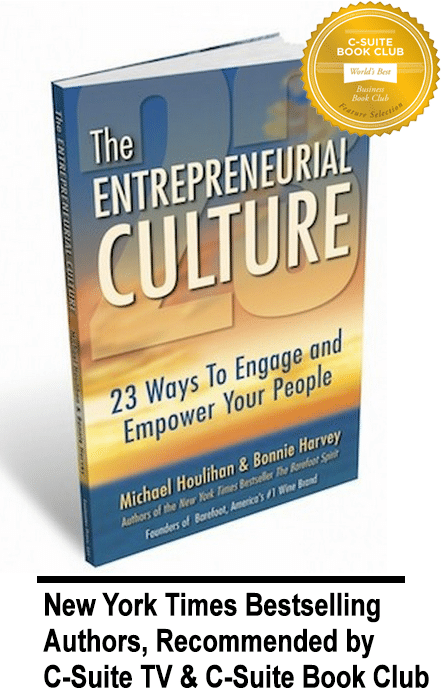
We started to see functions as icons you could click on that would call up your contacts, your email, or your favorite app; but with a similar click to a certain icon of the same size, you can change the way your whole computer works. An entire generation was born into this desktop mentality that “all-the-boxes-are-the same-size.” Has this influenced us in other areas of critical thinking?
In the past, students in English classes had to “diagram” sentences. This was a graphic mapping process which identified the grammatical parts of the sentence like the subject (the actor), the verb (the action), and the predicate noun (the person, place, or thing acted upon). This exercise forced students to think in a cause-effect manner to construct sentences that would be less likely to be misunderstood. It also taught students that the structure of the sentence was essential to effective communication. The structure could determine, like the settings button on the desktop, how the message would be received.
Today we seem take structure for granted and leave it to the programmers and operating system engineers. It’s all done for us, so why bother? But has the convenience of having all this “thinking” done for us, with all the formats already designed, and all the processes already set up, robbed us of an exercise that we used to rely on just to communicate and solve problems? Maybe we need to take another look at how to set priorities.
So the question is, what is more important than what? And how do you prioritize your goals? Sure, given the very top priority we all face, which is the limited amount of time, we could safely say that all goals are based on the time it takes to achieve them, and start there. The basic necessities of food, clothing, and shelter – and the requirements to achieve them – further add to the consensus. But after that we begin to get more abstract and personalized in our goals and priorities.
In order to set priorities you must know what has to happen first and why. You must also know what the effect will be on the rest of your goals if what must happen first doesn’t happen. We used to make this point by asking the question, “What’s most important: apples and oranges, peaches and cream, or your pants are on fire?” The correct answer, of course, is peaches and cream, because you’ll need the cream to put your pants out!
But seriously, setting any priority requires a set of standards that you value and apply to the situation. Standards can help you rank your priorities and get the right ones to the top of the list. They can keep you from getting pushed off course by less important interruptions and distractions. With a structure built on standards, you can focus and concentrate on what is most important – and achieve it.
The program engineers, who are doing most of your thinking, have standards and priorities. Shouldn’t you? All the boxes are not the same size. The one called “Standards” is the “settings” button for your priorities.
Who We Are

Michael Houlihan and Bonnie Harvey co-authored the New York Times bestselling business book, The Barefoot Spirit: How Hardship, Hustle, and Heart Built America’s #1 Wine Brand. The book has been selected as recommended reading in the CEO Library for CEO Forum, the C-Suite Book Club, and numerous university classes on business and entrepreneurship. It chronicles their humble beginnings from the laundry room of a rented Sonoma County farmhouse to the board room of E&J Gallo, who ultimately acquired their brand and engaged them as brand consultants. Barefoot is now the world’s largest wine brand.
Beginning with virtually no money and no wine industry experience, they employed innovative ideas to overcome obstacles, create new markets and forge strategic alliances. They pioneered Worthy Cause Marketing and performance-based compensation. They built an internationally bestselling brand and received their industry’s “Hot Brand” award for several consecutive years.
They offer their Guiding Principles for Success (GPS) to help entrepreneurs become successful. Their book, The Entrepreneurial Culture: 23 Ways To Engage and Empower Your People, helps corporations maximize the value of their human resources.
Currently they travel the world leading workshops, trainings, & keynoting at business schools, corporations, conferences. They are regular media guests and contributors to international publications and professional journals. They are C-Suite Network Advisors & Contributing Editors. Visit their popular brand building site at www.consumerbrandbuilders.com.
To make inquiries for keynote speaking, trainings or consulting, please contact sales@thebarefootspirit.com.







